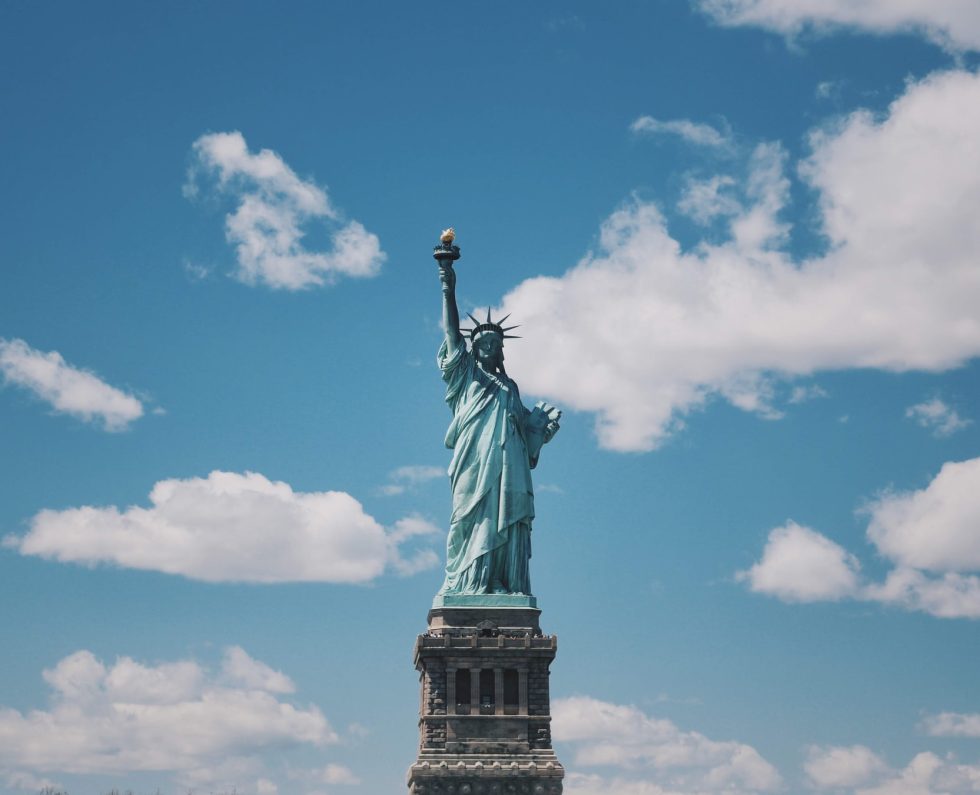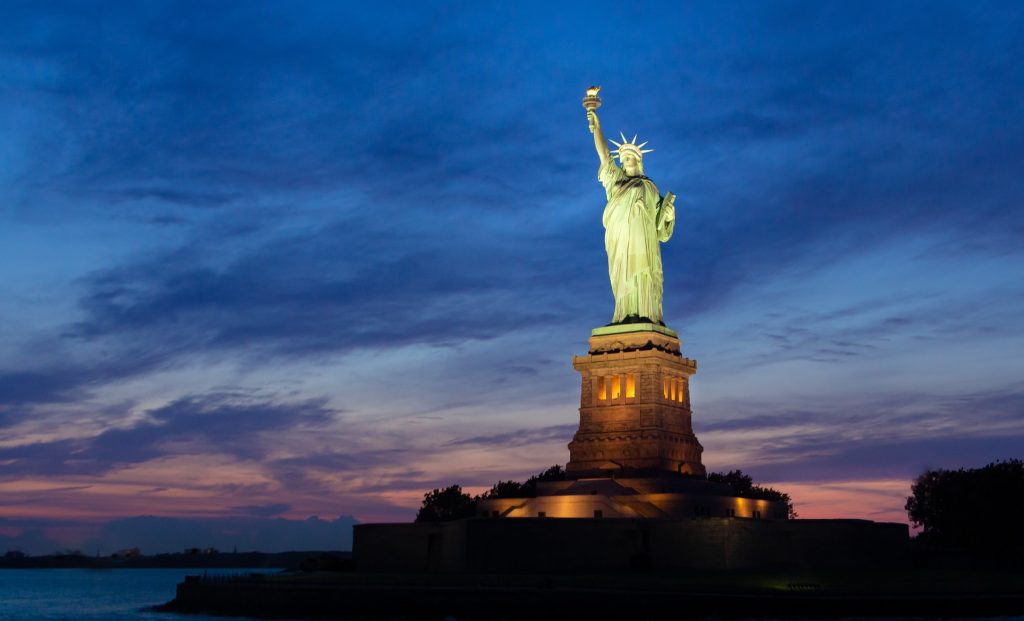Trivia: Which country gave the Statue of Liberty to the United States?
Answer: France


The Statue of Liberty is a colossal neoclassical sculpture on Liberty Island in New York Harbor in New York City, in the United States. The statue, designed by Frédéric Auguste Bartholdi and dedicated on October 28, 1886, was a gift to the United States from the people of France.
The statue is of a robed female figure representing Libertas, the Roman goddess of freedom. She holds a torch above her head with her right hand and bears a tabula ansata inscribed in Roman numerals with “JULY IV MDCCLXXVI” (July 4, 1776), the date of the U.S. Declaration of Independence. A broken chain lies at her feet. The statue is an icon of freedom and the United States: a welcoming signal to immigrants arriving from abroad.
Bartholdi was inspired by French law professor and politician Édouard René de Laboulaye. They commented in 1865 that any monument raised to American independence would properly be a joint project of the French and U.S. peoples.
Due to the troubled political situation in France, work on the statue didn’t commence until the early 1870s. In 1875, Laboulaye proposed that the French finance the statue and the Americans provide the pedestal and the site. Bartholdi completed the head, and the torch-bearing arm before the statue was fully designed, and these pieces were exhibited for publicity at international expositions.
The statue became a global icon in the United States, representing freedom and democracy to millions of immigrants arriving from abroad in the late 19th and early 20th centuries after chain migration began following waves of immigration from southern and eastern Europe; it was a beacon to new arrivals.
The statue is a central part of the Statue of Liberty National Monument, administered by the National Park Service. The foundation operates the nearby Ellis Island immigration station, viewed from the statue’s base.


